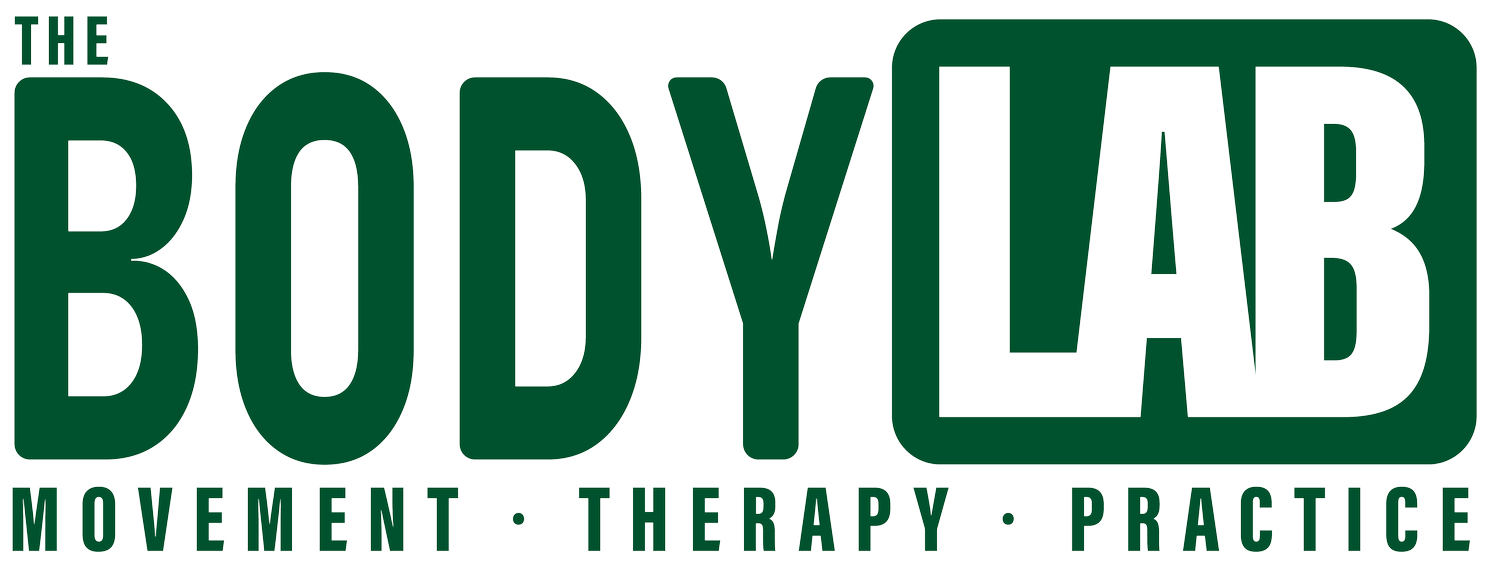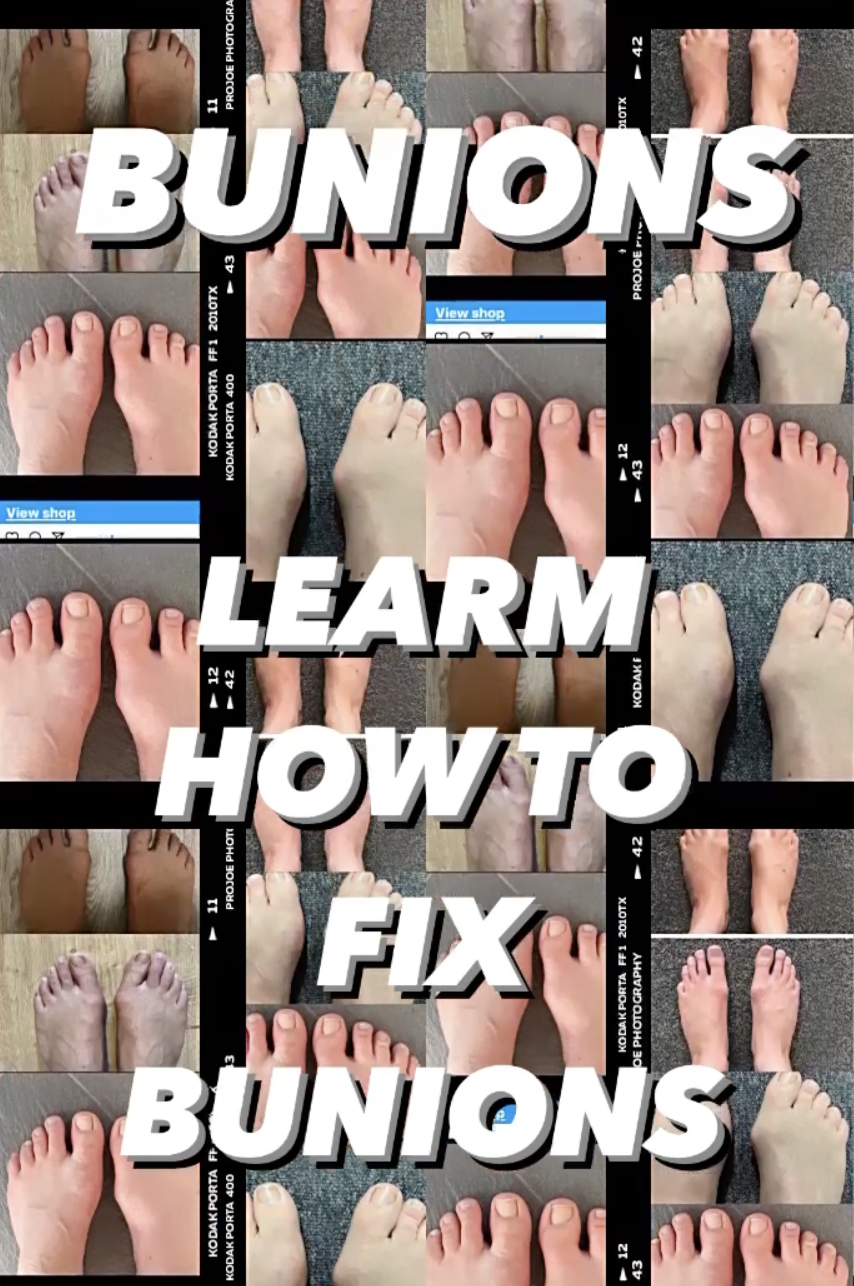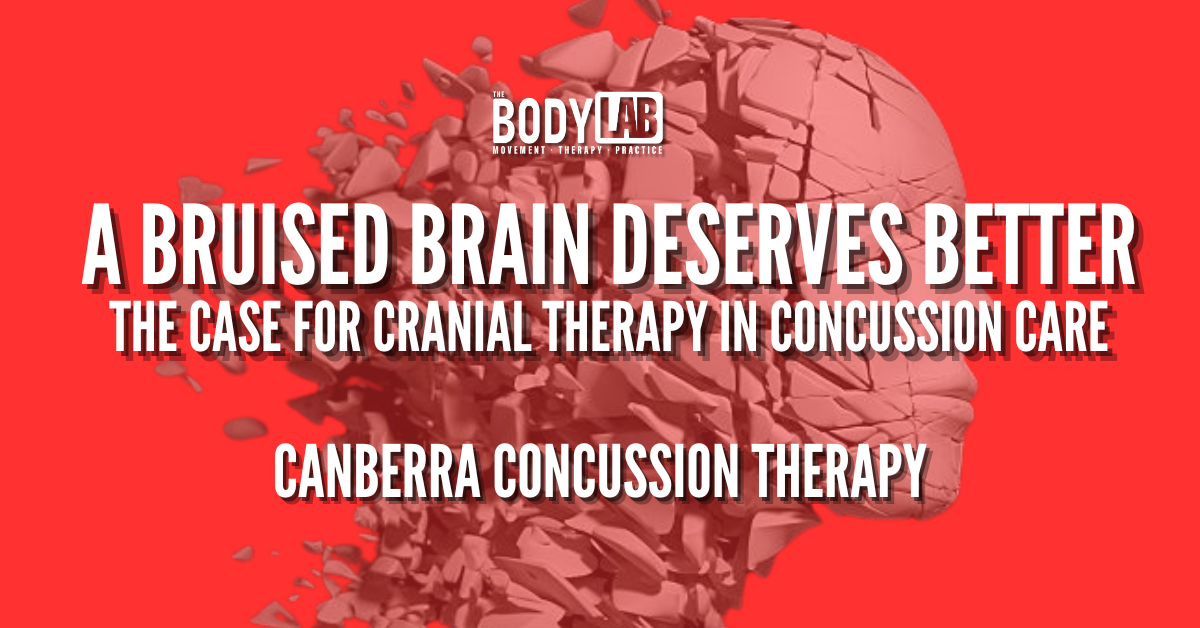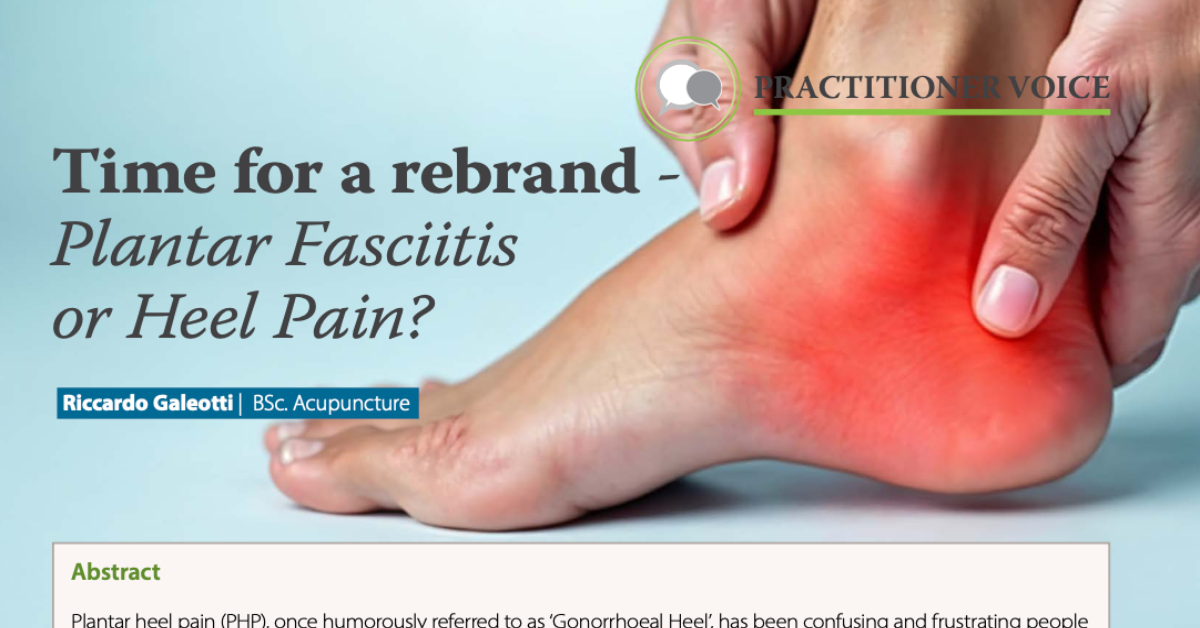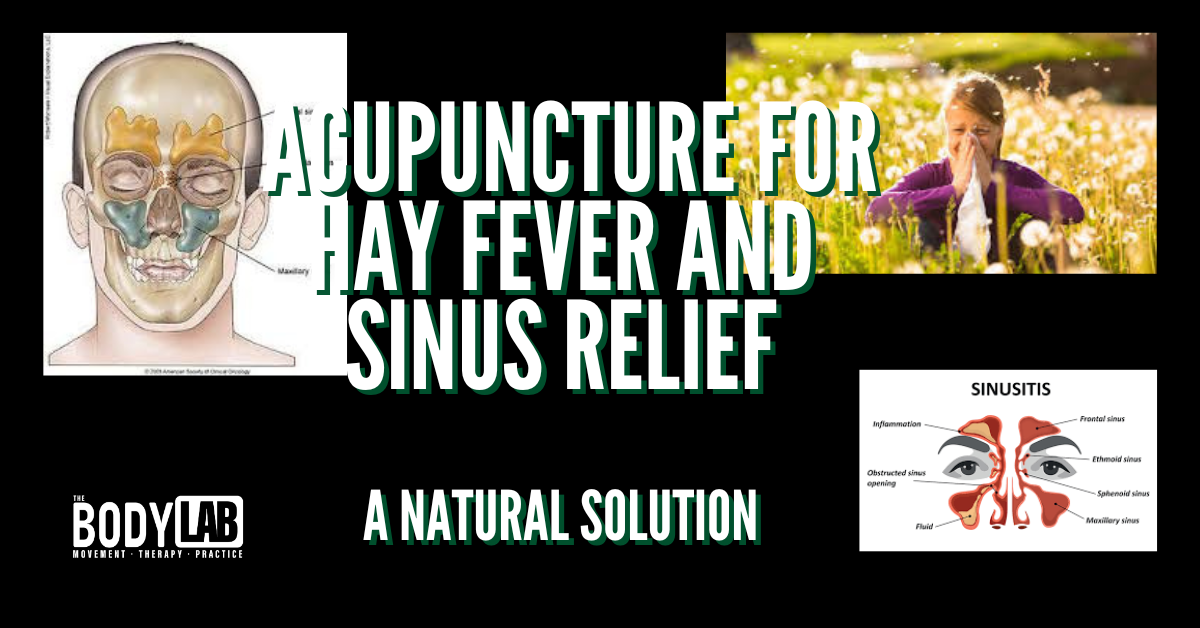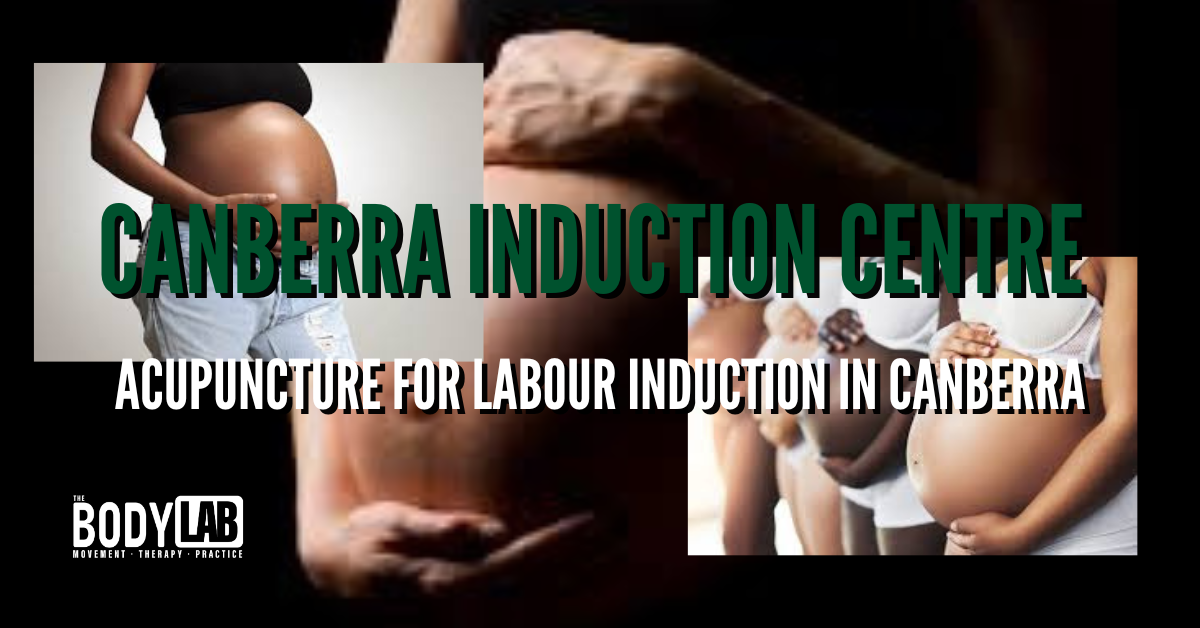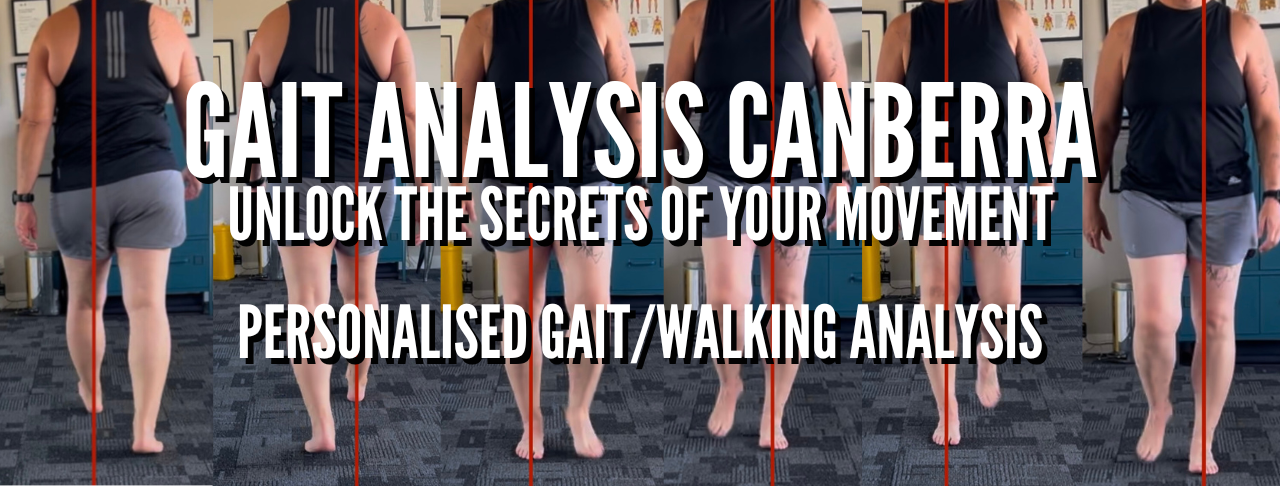Hammer Toes: Why Your Toes Are Acting Out (and How to Fix Them!)
Written by Riccardo Galeotti, your go-to expert for Canberra acupuncture and foot fixes.
Let’s talk about hammer toes – no, not the kind you use for DIY projects, but those pesky bent toes that feel like they’re on strike! About 3% of adults deal with these painful foot rebels, and while they sound harmless, they can lead to some serious discomfort if left untreated. So, why do our toes decide to curl up like they’re auditioning for a claw-footed monster role? Let’s dive in!
What’s a Hammer Toe, Anyway?
Hammer toes are what happens when your toes (usually the second, third, or fourth) decide to bend at the middle joint, looking more like little hammers than happy, straight toes. There are two kinds:
Flexible Hammer Toe: You can still straighten it with a bit of force. It’s like your toe is saying, “I’m bendy, but I could still be convinced.”
Rigid Hammer Toe: No amount of pushing will fix it. This one’s like the stubborn friend who refuses to move even when the party’s over.
Hammer Toe’s Sidekicks: Mallet Toe and Claw Toe
It’s not just about hammer toes! Let’s introduce you to their sneaky cousins:
Mallet Toe: This one buckles at the tip, mostly affecting the second and third toes. You might find some blisters underneath the nail bed – not fun!
Claw Toe: As the name suggests, it curls like a claw. Both toe joints bend, and your shoe loves rubbing against the top of the joint, causing calluses. Yay!
Why Do Hammer Toes Happen?
Your toes don’t just decide to strike for no reason. Hammer toes are caused by muscle imbalances, foot injuries, or wearing shoes that are way too tight (we’re looking at you, high heels!). But that’s not all—hereditary factors, arthritis, diabetes, and even having a longer second toe can put your feet at risk of becoming hammer time central.
Symptoms That Scream “Hammer Toe”
• Pain in the top of your toe, especially when wearing shoes.
• Redness, swelling, and corns (as if you needed more toe drama).
• Trouble moving your toe, or worse, feeling like it’s stuck in one position.
• In severe cases, sores might form on top or at the tip of the affected toe.
Treatment: How The Body Lab Can Help
First off, ditch the tight shoes! Go for something with a wide toe box that won’t turn your feet into a squashed mess. Next, get professional help. At our The Body Lab clinic, we’ll assess the whole foot (and even your knees) to figure out what’s going on. Most treatments for hammer toes are non-surgical, focusing on muscle balance, foot mobilisation and therapy to elongate those rebellious tendons.
Don’t Let Your Toes Keep You Down!
If you’re dealing with hammer toe pain, it’s time to take action. Our treatments can help restore balance to your feet, relieve pain, and prevent those toes from turning into permanent hammers.
Book a free callback today, or visit us at our Canberra clinic and get your toes back in line – literally!
ACL injuries are sidelining top female athletes like Sam Kerr and Mary Fowler — but why are women more at risk? From hip width to foot mechanics, this blog explores the real reasons behind ACL ruptures in women’s sport, and introduces a missing link many overlook: movement-based overpronation. Learn how The Body Lab helps athletes move smarter and stay injury-free.
Is your bunion really the problem—or just your body’s backup plan? Discover the real reason bunions form, why movement matters, and how a foot-first approach can help you walk pain-free. Join our expert-led webinar on bunions and plantar fasciitis.
Think your spine has to stay in one “perfect” position to be healthy? Think again. Discover why “neutral spine” is a misunderstood concept and how your back is designed to move — not lock up. Backed by research and easy movement tips, this post helps you understand your unique posture and how to fix pain without forcing stiffness.
Discover the root causes of bunions and plantar fasciitis in this ATMS webinar series led by Riccardo from The Body Lab. Perfect for massage therapists, physios, Pilates instructors, and movement specialists, the sessions explore how to truly restore foot function—without surgery or orthotics. Plus, get a sneak peek into Riccardo’s upcoming foot pain programs launching soon.
Think your tight muscles are the problem? Think again. At The Body Lab, we assess how your joints initiate movement — and how your muscles and nervous system respond. If you’re stuck in pain, posture issues, or recurring injuries, the real cause might be a joint that’s not moving well. This blog unpacks why joints move first, how your brain creates your resting posture, and how to break free from the tight–stretch–repeat cycle for good.
Discover how I use whole-body movement analysis at The Body Lab to improve walking, fix pain, and help you feel more balanced from the ground up.
Concussions are more than just a bump to the head—they’re complex brain injuries. Yet most conventional treatments ignore the cranium itself. This article explores emerging research supporting CranioSacral Therapy and acupuncture as promising approaches for post-concussion syndrome (PCS). Backed by evidence, personal testimonials, and a deeper understanding of what actually happens to the brain during a concussion, we also highlight essential self-care practices to support recovery. A bruised brain deserves better—and that means treating the root, not just the symptoms.
Still struggling with concussion symptoms in Canberra? Discover a holistic therapy approach combining cranial therapy and acupuncture at The Body Lab. Personalised, drug-free concussion recovery that goes beyond diagnosis.
Magnesium Types & Benefits – Not all magnesium supplements are the same! This guide highlights the best types of magnesium for brain health, sleep, anxiety, digestion, and general supplementation. Learn which form offers high brain absorption, relaxation benefits, or digestive support, so you can choose the right one for your needs.
Pes cavus, or high-arched feet, can lead to foot pain, instability, and increased risk of injuries. In this guide, we’ll help you identify the key signs of high arches, common symptoms, and how they affect movement. Learn how gait analysis, movement therapy, and posture retraining at The Body Lab Canberra can help improve foot function and prevent long-term issues.
High Arched Feet? Here’s What You Need to Know!
Got high arches? It could be causing foot pain, instability, or even lower back issues! Unlike flat feet, high-arched feet lack shock absorption, putting excess pressure on the heel & forefoot.
🔍 Signs You Might Have High Arches:
✅ Foot pain, calluses, or frequent ankle sprains
✅ Tight calves & Achilles tendon
✅ Difficulty balancing on uneven surfaces
💡 What Can You Do?
✔ Strengthen your feet with mobility & stability drills
✔ Wear cushioned, supportive footwear
✔ Improve movement patterns with a gait assessment
Struggling with foot pain? Let’s get you moving pain-free!
Arthritis in the hips, knees, ankles, or feet can significantly alter your gait, leading to pain, stiffness, and compensatory movement patterns. Over time, these changes can affect posture, increase the risk of falls, and contribute to joint stress elsewhere in the body At The Body Lab in Canberra, I specialise in movement analysis, mobility training, and rehabilitation programs to help you maintain optimal gait and joint function. By focusing on strengthening key muscles, improving balance, enhancing joint mobility, and correcting walking patterns, you can prevent arthritis-related gait changes and stay mobile longer.
If you’re experiencing discomfort while walking, book a consultation today to regain control over your movement and reduce pain.
The knee is often considered a simple hinge joint, responsible for bending and straightening the leg. However, its mechanics are far more complex. The knee functions as a dynamic structure, accommodating movement across multiple planes while responding to forces from above (the pelvis and femur) and below (the tibia and foot). Understanding knee function requires looking at its three-dimensional movements and how they interact with surrounding structures.
At The Body Lab, I specialize in assessing and improving movement mechanics to prevent and rehabilitate knee injuries. My approach integrates gait and biomechanical analysis, hands-on therapy, and individualized movement programs. If you’re struggling with knee pain or want to enhance your movement efficiency, book a consultation today and take the first step toward pain-free movement.
Your feet are the foundation of movement, but how well do they actually function? Assessing Your Feet with Movement: A Scientific Approach to Foot Function explores the biomechanics of foot motion, highlighting key movement patterns that impact balance, stability, and overall mobility. By understanding how your feet move—or don’t—you can uncover dysfunctions that contribute to pain, injury, or performance limitations. Dive into the science of foot mechanics and learn how to optimize foot function for better movement and long-term health.
Struggling with muscle pain, tension, or restricted movement? Canberra Dry Needling offers a safe and effective solution for pain relief and recovery. Using fine, sterile needles to target myofascial trigger points, dry needling helps release tight muscles, improve mobility, and accelerate healing. Whether you’re dealing with chronic pain, sports injuries, or postural imbalances, this evidence-based therapy can get you back to moving pain-free. Discover the benefits and book your session today!
Is It Really Plantar Fasciitis? Time for a Rebrand on Heel Pain
Plantar fasciitis has become the go-to diagnosis for heel pain, but is it always accurate? With so many possible causes—nerve irritation, tendon dysfunction, or even biomechanical imbalances—lumping every case under the same label can lead to ineffective treatment.
In this article, “Time for a Rebrand: Plantar Fasciitis or Heel Pain?”, originally written for the Australian Traditional Medicine Journal, I break down what’s really happening underfoot, explore alternative causes, and discuss why a more precise approach is key to lasting relief. If you’ve been struggling with heel pain and the standard solutions aren’t working, this is for you.
Acupuncture & Cranial Therapy for Hay Fever Relief in Canberra – Struggling with allergies? Canberra’s high pollen counts make hay fever a challenge, but acupuncture and cranial therapy offer a natural, drug-free solution. Backed by scientific research, this approach helps clear sinus congestion, reduce inflammation, and strengthen the immune system. Book your session today and breathe easier
Experience acupuncture for labour induction with Riccardo at Canberra Induction Centre. With over 15 years of clinical expertise and an 80% success rate within 12 hours, Riccardo integrates traditional acupuncture with modern techniques, including Manaka’s Ion Pumping Cords, to optimise birth readiness. His personalised approach addresses body mechanics, stress levels, and hormonal balance, ensuring a safe, natural, and effective labour induction. Book your session today!
Your gait—the way you walk—plays a crucial role in overall movement efficiency, injury prevention, and pain management. At The Body Lab in Canberra, our comprehensive gait analysis breaks down each phase of your stride, identifying imbalances and inefficiencies that may be affecting your performance or causing discomfort. Whether you’re an athlete, recovering from injury, or simply looking to move better, our expert assessment provides personalised insights and corrective strategies to enhance your gait. Book your gait analysis today and take the first step towards pain-free movement!
